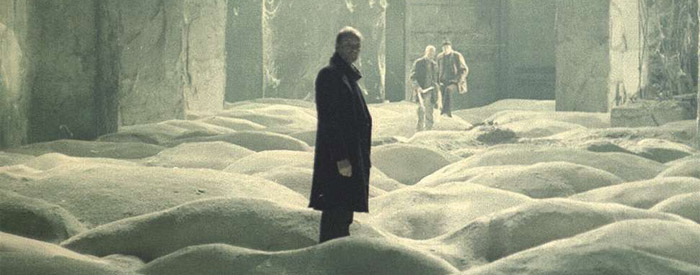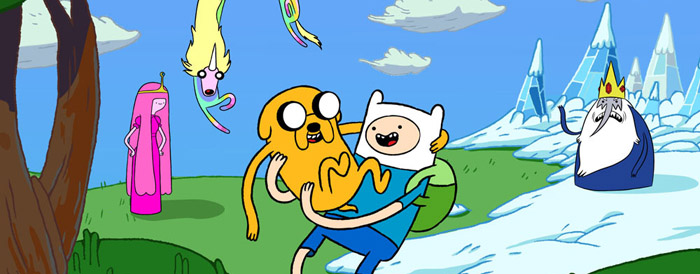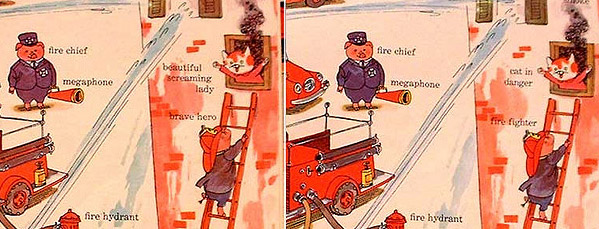See, I’m not only about movies and video games. I read books too, you guys! Books like Roadside Picnic, the 1971 science-fiction novel written by Russian authors Arkady and Boris Strugatsky. Granted, I only read this book because I played a video game (S.T.A.L.K.E.R.) based on a movie (Stalker) based on this book. But still.
There’s a long history in fiction of aliens visiting earth and either a) trying to destroy us or b) trying to help us. But what if they didn’t even seem to notice us?
That’s one of the ideas explored in Roadside Picnic, in which a brief — a few hours? a day? — extraterrestrial visitation occurs. The aliens leave behind otherworldly contamination and mysterious, often dangerous artifacts. Human scavengers, known as stalkers, enter these contaminated areas, called Zones, to collect and sell on the black market whatever alien trinkets they can salvage.
The title of the novel comes from the idea that the aliens were either completely oblivious to our presence or at least indifferent, much as we humans are to lesser animal life when stopping in a meadow for a picnic. We drive in, our tires bringing along mud or flora from other places we’ve been. We spread out our blankets, crushing blades of grass and disrupting the soil. We leave behind items the insects and birds may find useful (crumbs and bits of food), and others that may harm them (wrappers, trash, oil drippings from our cars, cigarette butts, etc). Then we leave, indifferent to the effect, good or ill, we’ve had on the tiny ecosystem we’ve just visited and barely noticed.
Just as an ant is unable to comprehend a candy wrapper, the humans in Roadside Picnic are largely unable to understand the artifacts the aliens scattered into the Zones. Some appear to be batteries, others may be containers, many serve no easily definable purpose. And, just as an ant might blunder into a puddle of oil, stalkers blunder into deadly otherworldly hazards: gravity vortexes that crush, slime that destroys bone, small electrical storms, bursts of flame, and an anomaly called a grinder that violently twists people into hamburger.
Most of the story revolves around a single stalker, named Red, who makes several successful trips into the zone yet still pays a price, losing companions and even altering his DNA. His ultimate goal is to reach a fabled artifact that can supposedly grant wishes. Other than two chapters, one in which a scientist is interviewed about the visitation, and one in which two scientists discuss possible explanations for the visit, the book focuses on Red over a period of ten years.
It’s a short, great book full of interesting ideas, and I really love the concept of aliens arriving on earth and either not caring about earthlings or not noticing us at all. Generally, whether hostile of friendly, alien visitations completely revolve around humans, either to destroy them, capture them, learn about them, help them, or inspire them. Here, there’s nothing like that. In Roadside Picnic, they don’t find us threatening, interesting, or worth knowing. They don’t find us at all.
Also note: there is the full text of this book online somewhere, but don’t look for it and don’t read it. Try to find this translation (it’s on Kindle now, and I found it in trade paperback at the library). It’s a million times better than the translation floating around on the internet.



